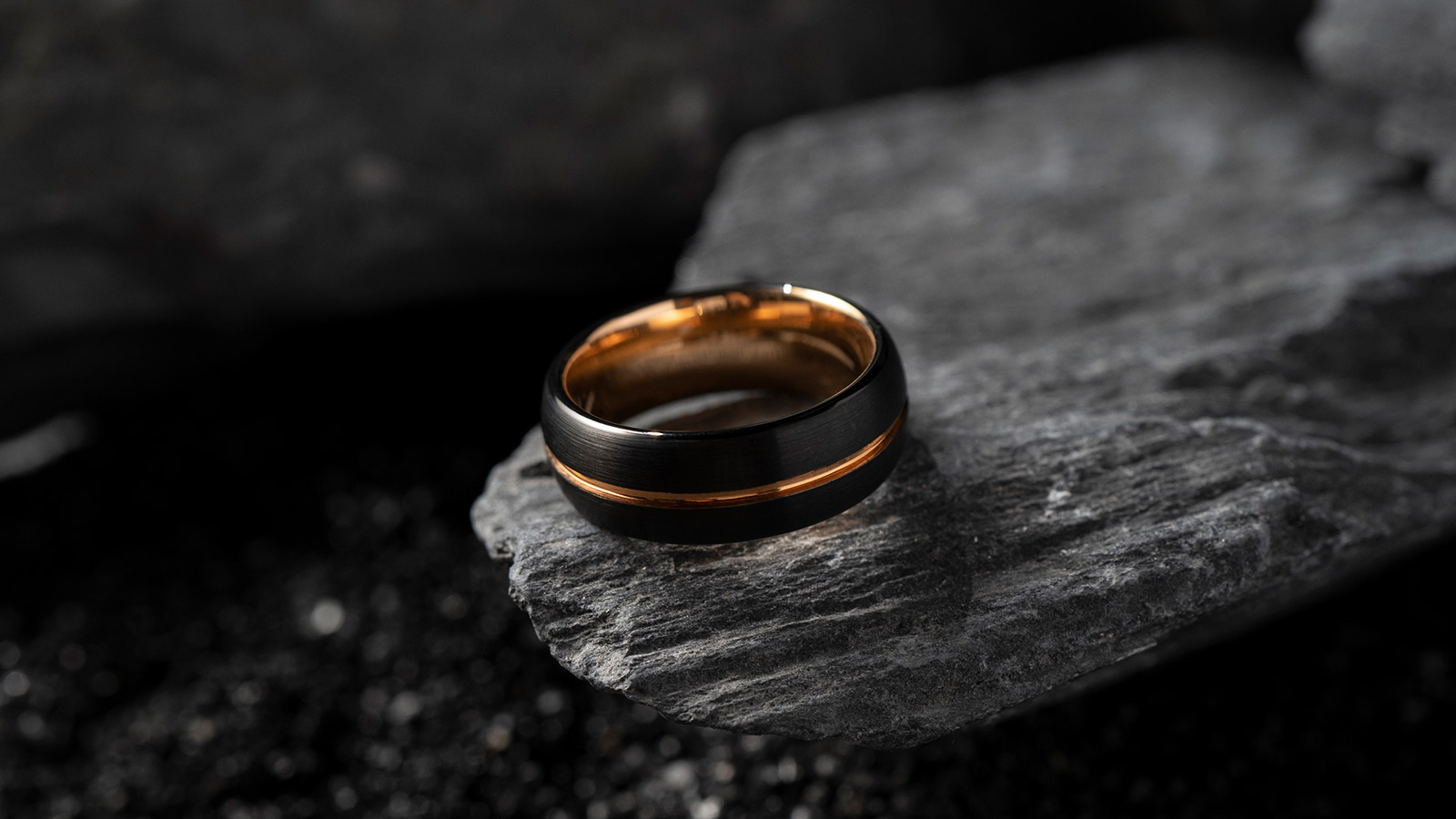Unlock the Secret to Choosing Your Perfect Wedding Band!
Choosing a wedding band is an important decision that goes far beyond mere aesthetics; it symbolizes love, commitment, and the start of a beautiful journey together. As you prepare to say "I do," the ring you select will serve as a constant reminder of your vows. Among the myriad of choices available, two materials stand out for their popularity: tungsten and gold. Each has its distinct characteristics, advantages, and unique appeal that cater to different preferences and lifestyles. In this article, we will explore the differences between tungsten and gold, helping you make an informed choice for your special day.

Understanding Tungsten and Gold
Tungsten is a metal known for its remarkable hardness and durability. It is often used in various industrial applications due to its strength, making it an excellent choice for wedding bands that can withstand the test of time. Tungsten wedding bands are typically heavier than gold and have a modern, sleek appearance. On the other hand, gold has been a traditional choice for wedding bands for centuries. Known for its malleability and beauty, gold comes in various karats, with 14k and 18k being the most popular for rings. Gold offers a classic and timeless look, appealing to those who value tradition and elegance. Both materials have their unique allure, making them popular choices for couples looking to express their love.
Durability and Maintenance
When it comes to durability, tungsten takes the lead. Tungsten wedding bands are highly scratch-resistant and can endure everyday wear without losing their shine. This makes them ideal for active individuals or those who work with their hands. Unlike gold, which can scratch and dent more easily, tungsten maintains its polished look for years. However, it's worth noting that tungsten is brittle; if subjected to a significant impact, it can crack. Gold, while not as hard as tungsten, has its own benefits. It can be polished and repaired, easily restored to its original glory after wear and tear. Maintenance for gold bands typically involves regular cleaning and occasional polishing to keep them looking their best, whereas tungsten requires minimal upkeep beyond occasional wiping to remove dirt and oils.
Aesthetic Appeal
The visual differences between tungsten and gold are striking. Tungsten bands often have a contemporary style, with options ranging from matte finishes to high-polish looks, and even unique designs featuring carbon fiber or wood inlays. The color of tungsten tends to be a darker gray or silver, appealing to those who prefer a modern aesthetic. In contrast, gold exudes warmth and richness, available in shades such as yellow, white, and rose gold. Each hue offers a different vibe, allowing couples to choose a color that resonates with their personal style. Additionally, gold wedding bands tend to have more design options, with intricate engravings, filigree patterns, or the option to set stones, making them a versatile choice for those who appreciate craftsmanship.
Cost Considerations
Cost is a significant factor when choosing between tungsten and gold wedding bands. Generally, tungsten bands are more budget-friendly, offering a durable and stylish option without breaking the bank. This affordability may appeal to couples looking to allocate their budget towards other wedding expenses. Gold, while often more expensive, carries a perceived value and can be seen as a long-term investment. The price of gold can vary depending on the karat and current market rates, meaning it’s vital for couples to consider their budget and long-term financial goals when making this decision. Ultimately, the choice between tungsten and gold may come down to personal financial situations and what the couple values more in their wedding band.
Personal Style and Lifestyle Compatibility
Your personal style and lifestyle play crucial roles in determining the right wedding band for you. For instance, if you're someone who enjoys outdoor activities, sports, or hands-on work, a tungsten band might be a more suitable choice due to its durability. Friends of mine who work in construction found tungsten to be perfect for their active lifestyle, as they didn’t have to worry about damaging their rings. Conversely, if you lean towards a classic style, appreciate fine jewelry, or want a customizable design, gold might be more appealing. It’s essential to reflect on your day-to-day life, preferences, and what you envision your ring representing. Each couple's journey is unique, and so should be their choice in wedding bands.
Choosing the Right Wedding Band for You
In summary, choosing between tungsten and gold for your wedding band involves considering durability, aesthetic appeal, cost, and personal style. Tungsten offers modern durability and affordability, while gold provides timeless elegance and customization options. Ultimately, the right choice lies in what resonates with you and your partner's values and lifestyle. Take time to reflect on what matters most to you in a wedding band, whether it’s the contemporary allure of tungsten or the classic charm of gold. Remember, this band will symbolize your love and commitment for years to come, and it’s essential to choose one that truly reflects your journey together.







